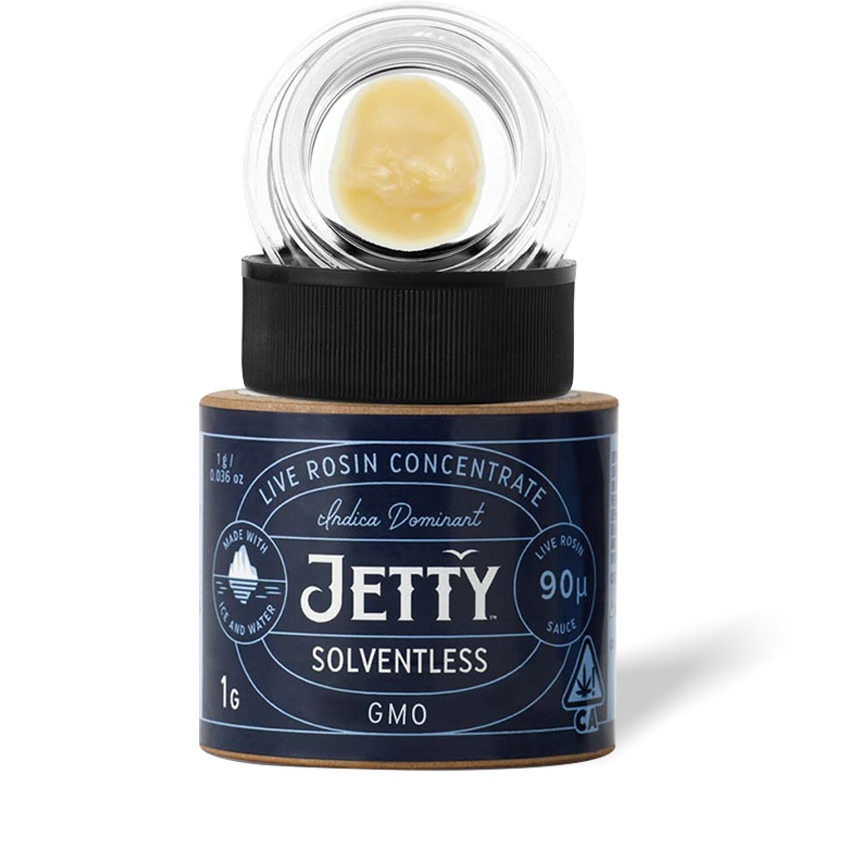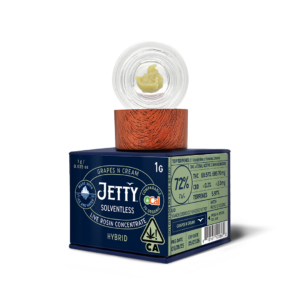- Products
Shop by Type
Shop by Collection
The stickiest, frostiest buds made into your favorite Live Rosin and Live Resin extracts. - Shop
Shop
Find a demo near you for exclusive discounts, product information, free Jetty swag and more! - Merch
Shop by Category
- Learn
LEARN
Learn more about Shelter Project and our Compassion Strains supporting non-profit partners.
- Blog
- Partners
Partners
JETTY STORIES
Lorem ipsum dolor sit amet, consectetur adipiscing elit, sed do eiusmod tempor incididunt ut labore et dolore
magna aliqua. Ut enim ad minim veniam, quis nostrud. You can see our full line up here.
magna aliqua. Ut enim ad minim veniam, quis nostrud. You can see our full line up here.
October 20, 2022
Posted in Education
SHARE THIS
Share on facebook
Share on linkedin
Share on twitter
One of the most intriguing themes of discussions centered on cannabis is the highly researched “entourage effect.” However, to better understand the science behind this phenomenon, one must have a more thorough knowledge of the active components in products like flower rosin in California. It is safe to say the vast majority of modern cannabis users have heard of terpenes and cannabinoids, perhaps ad nauseam. Still, there are many lesser known details behind these buzzwords.
Plant Origins
Terpenes are found in countless plants, with marijuana being just one of many. The known types of marijuana total several hundred, with each strain having unique concentrations. Some of the best known types are:
- Myrce – the most prevalent, gives cannabis its aroma and is typically determined for Indica and Sativa strains
- Limonene – the second highest concentrate and has citrus-like uplifting properties
- Pinene – provides aromatic properties, like those of pine needles
- Linalool – provides a strong floral smell and is known to be relaxing and balance out THC
- Caryophyllene – known to have spicy properties and is the sole terpene to affect the CB2 receptors of the body’s endocannabinoid system
- Humulene – also prevalent in cloves, basil, and hops used in beer production
- Ocimene – has an herbaceous, citrusy, and woody aroma and helps protect plants from insects
- Terpinolene – has sedative properties and a woody, floral, spicy, and citrus-like smell
While THC and CBD are the most popular cannabinoids, marijuana plants claim between 80 and 100 different types. Beginning with the most well-known, cannabis contains:
- THC (Tetrahydrocannabinol) – the most prevalent in marijuana and responsible for its psychotropic effects
- CBD (Cannabidiol) – affects the endocannabinoid system positively and is popular in edibles, tinctures, and oils
- CBC (Cannabichromene) – similar to CBD and is believed to have a calming effect
- CBN (Cannabinol) – a by-product of aging THC that is mildly psychotropic and believed to be a sedative
- CBG (Cannabigerol) – a base compound converted enzymatically into CBD, THC, or CBC depending on the strain
- THCV (Tetrahydrocannabivarin) – typically present only in tiny amounts, but can be bred to grow to higher concentrations that mellow out THC
Molecular Structure
Cannabinoids are large molecules. Some cannabinoids are found naturally within the body and its endocannabinoid system, like anandamide, which THC mimics to affect consumers as a psychoactive. Only a handful of plants produce these botanical compounds naturally. These are called phytocannabinoids. Phytocannabinoids are often referred to as “cannabinoids,” as they are the best known cannabis compounds.
Unlike cannabinoids, terpenes are tiny molecules present in countless plant varieties, amounting to over 30,000 different compounds. These organic compounds consist of an isoprene base block made of five carbon atoms and include other molecular chains of isoprene of varying lengths. The primary metabolites of the body, like sugars and amino acid proteins, react enzymatically and process terpenes into secondary metabolites. Apart from the smell of cannabis, these compounds are responsible for distinct aromas like orange citrus peel, pine, and lavender.
Interaction with the Body
When cannabinoids are exposed to high temperatures over 150ºC, they evaporate and are then available to interact with the body. Compounds like THC and CBD can affect the consumer by acting on the body’s natural endocannabinoid system.
The ECS is a regulatory force, aiding in the proper function of mechanisms, including the immune system and central nervous system. Different cannabinoids bind uniquely to the two primary receptors in the ECS: the CB1s of the central nervous system and the CB2s of the immune system. These receptors are present all over the body, promoting homeostasis. The binding of varying cannabinoids to these produces different effects. The classic psychoactive effects of THC result from stimulating CB1 receptors, affecting the serotonin of the brain. CBD and cannabinoids like CBC and CBG interact with both receptors but do not cause direct stimulation, so there are no associated psychotropic aspects.
In another point of dissimilarity, terpenes can evaporate at very low heat, less than 30ºC to be precise. Once they evaporate, their unique and varied aromas can be perceived by humans. The terpenes found in products like live rosin in the Bay Area also act on several mechanisms in the body. Among these functions are the opiate receptor agonism, which is related to managing pain, and COX inhibition, which acts to fight inflammation.
Terpenes are most commonly used during aromatherapy and in the sensory enjoyment of natural settings, like forests. This extends to the experience of using cannabis, as well. Those found in cannabis can also be absorbed through digestion or the skin, depending on the product used. Terpenes can then activate GABA receptors, integral to the central nervous system, and TRP channels, central to proper cell membrane function.
Legal Aspects
Terpenes alone are legal throughout the United States, being a common feature of many plant species. Cannabinoids are a different story, though. Until recent years, all cannabinoids were considered illegal due to their roots in the marijuana plant. Currently, using THC-rich marijuana products, like live rosin concentrates in California, is prohibited at the federal level. However, each state has its own regulations and laws. Delta 9 THC, sourced from marijuana, is the prime topic of controversy, with indirectly cannabis-sourced Delta 8 THC existing in more of a gray area legally. All cannabinoids other than THC, including CBD, are legal within the US.
Better Together
Essentially, cannabinoids like those in live hash rosin in California act on the ECS receptors, sending brain signals. Terpenes can influence the effects of the cannabinoids, though they do not directly interact with the receptors CB1 or CB2. Different terpenes are known to have either calming or uplifting properties for consumers and also can help to mellow the effects of THC on the brain and body. Furthermore, several modern cultivars have harnessed the knowledge of how terpenes and cannabinoids work together to create strains better suited for specific needs.
Related
Education
Popular
November 12, 2025
October 25, 2025
September 29, 2025
September 28, 2025
Related

VAPE
The cleanest, most flavorful extracts made without ever touching a chemical. Made with just ice and water.

SOLVENTLESS
Solventless, Live Resin, and High THC vapes. The most discreet and convenient way to smoke
Sign Up for a
Chance to Win $500
Lorem ipsum dolor sit amet,
consectetur adipiscing elit
consectetur adipiscing elit
Sign Up for a Chance to Win $500
Lorem ipsum dolor sit amet,
consectetur adipiscing elit
consectetur adipiscing elit













